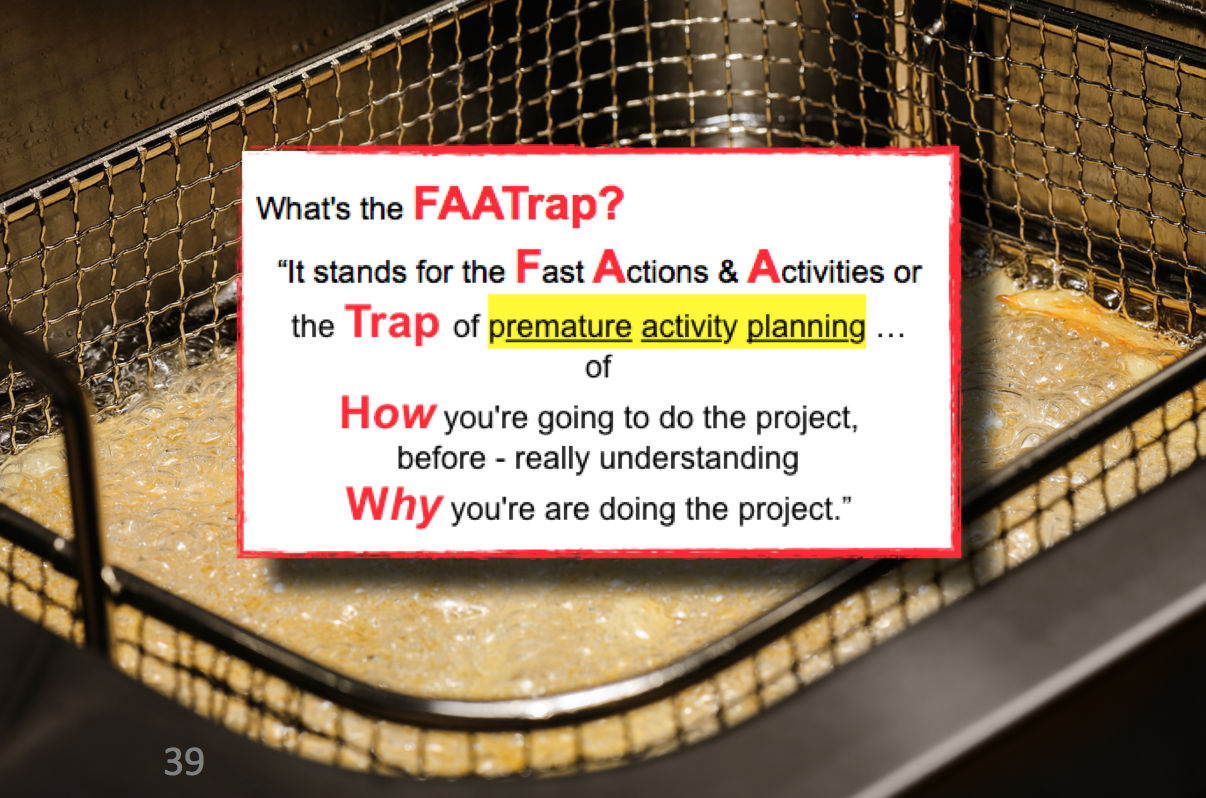Last week I taught Strategic Thinking & Planning for Leaders at the UCLA Extension’s Technical Management Program, for the 65th time over the last 30+ years.
My students were managers, group leaders, technologists, and project managers who kept me on my toes by asking provocative questions. One question was “when and how often should you update your strategy?”
I call this a strategy reset, a focused and well-facilitated conversation among key players aimed at keeping their strategy relevant and projects on-point. This involves tackling troubling issues, making tough decisions, and putting new initiatives into play.
When I first started teaching, my answer to the WHEN question would have been calendar-based: develop your strategy annually, update it quarterly. That still makes sense, but in these fast-paced times, some issues just can’t wait so I recommend a situation-based reset whenever:
1. There’s a big fat problem. You need to create solutions to current problems and prevent those emerging on the horizon. Kill the monsters while they are small, don’t than let them grow strong enough to devour you.
2. The business environment has changed. It’s a new ball game. Disruptive technology, a smart start up, or other nasty surprises demand a timely and thoughtful response.
3. New leaders have come on board. They bring their own perspectives, vision, and blind spots. Integrate their vision with current reality.
4. Mediocrity is creeping in. You’ve become stagnant. Something is not working, maybe many things. If you aren’t moving at the speed of change, you are falling behind.
5. You’ve lost focus. An old Indian proverb reminds that a man who chases two rabbits will lose both. Concentrate on doing what you do best, leveraging your competitive advantages.
6. Confusion exists. If goals are vague, responsibilities unclear, and morale sinking, it’s time to look at root causes and reboot.
7. Pressure is growing. Customers, senior management, or your upset boss expect more from your operation. You feel the burn. Time to deliver results.
8. Your plan has gone stale. Like home-made bread, plans have a half-life and decay over time. Turn up the oven to 425 degrees, and to bake something fresh.
So that’s the When and Why. For the How, register for my upcoming free Solutions Training. I’ll share the best approaches I’ve learned and taught in Fortune 100s, fast-growing private companies, government agencies, and research laboratories.
—————
Terry Schmidt is a business strategist and author of Strategic Project Management Made Simple, and chief honcho at ManagementPro.com.













